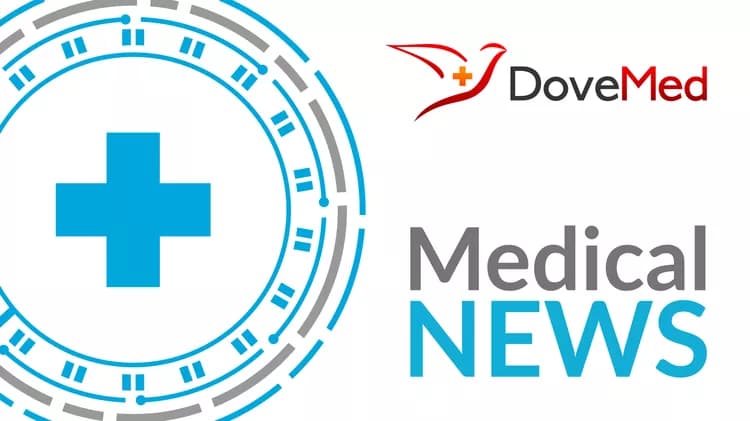
Loud And Clear: High-Energy Ads Keep Viewers Tuned In, Study Shows
TV advertising has become not only high-volume, but increasingly high-energy -- a trend noticed by academics and practitioners.A new study from the University of Notre Dame confirms the shift and shows that advertisers should pay attention to components of ad content other than loudness, which has been regulated by law.
More energetic commercials are likely to be tuned in more or avoided less by viewers, according to "High-Energy Ad Content: A Large-Scale Investigation of TV Commercials," forthcoming in the Journal of Marketing Research from Joonhyuk Yang, assistant professor of marketing at Notre Dame's Mendoza College of Business.
After examining more than 27,000 TV commercials on major U.S. networks from 2015 to 2018 and almost all Super Bowl ads from 1969 to 2020, the researchers noted that, overall, more energetic commercials hold viewers' attention.
The study measures the energy levels in commercials based on Spotify's measure of energy in song tracks. Spotify defines energy as "a perceptual measure of intensity and powerful activity released throughout the track. Typical energetic tracks feel fast, loud, and noisy." The paper's measure of energy levels in commercials is highly correlated with people's psychological state of "arousal," or "the subjective experience of energy mobilization, which can be conceptualized as an affective dimension ranging from sleepy to frantic excitement."
The top five keywords mentioned by the paper's survey participants regarding high-energy commercials were "fast," "music," "movement," "upbeat" and "exciting."
The team first presented a framework to algorithmically measure the energy level in ad content from the video of ads. They then compared this measure with human-perceived energy levels, showing they're related to the level of arousal stimulated by ad content.
"The positive association between energy levels in ad content and ad-tuning is statistically significant after controlling for placement and other aspects of commercials," Yang said.
The study also finds the association varies across product categories and program genres.
"High-energy food and beverage commercials are likely to be viewed longer when placed within entertainment and news programs, but not in sports programs," Yang said, "while energetic health and beauty commercials are viewed for shorter periods of time when placed in sports programs."
Targeted advertising has typically focused on who audiences are, as well as their locations and behaviors. This study suggests adding another dimension -- the emotional or psychological state of the audience.
"By matching the energy level of ad content with consumers' state of mind, we believe advertisers can expect higher levels of acceptance and effectiveness of their messages," Yang said. "For instance, advertisers might want to vary the energy level of their ad content between day and night."
Relatedly, advertisers and television networks boost the audio of ads, making the volume much louder than the programs in which they are aired, assuming this draws attention to the ads and makes people less likely to ignore or avoid them.
This practice became so prevalent that it raised concerns about the health effects of loudness on viewing audiences, leading to regulatory limitations on how much louder ads can be than the programs in which they are placed. The resulting CALM (Commercial Advertisement Loudness Mitigation) Act passed in 2010 limits the average loudness of an ad to no more than the average loudness of the program in which it is aired.
Advertisers and networks, therefore, cannot continue to rely on loudness as a means of attracting attention to reduce ad avoidance. This forces advertisers to figure out ways to be creative in using audio to attract and retain audience attention.
Yang recommends advertisers conduct A/B tests with multiple designs of ad creatives. A/B testing splits an audience to test a number of variations to determine which performs better -- for example, showing version A to one half of an audience and version B to the other; or alternating A and B across time.
"Recall that the effect varies across product markets and likely across media outlets, including digital advertising," Yang said. "I hope this study motivates the initiation of such testing as well as for providing initial guidelines on designing such studies. Also, we want to showcase the importance of careful feature engineering of ad content when relating it to consumer behavior. I would be more than happy to help practitioners who are interested in moving forward."
Co-authors of the study include Yingkang Xie and Lakshman Krishnamurthi from Northwestern University and Purushottam Papatla from the University of Wisconsin-Milwaukee.
Related Articles
Test Your Knowledge
Asked by users
Related Centers
Related Specialties
Related Physicians
Related Procedures
Related Resources
Join DoveHubs
and connect with fellow professionals

0 Comments
Please log in to post a comment.